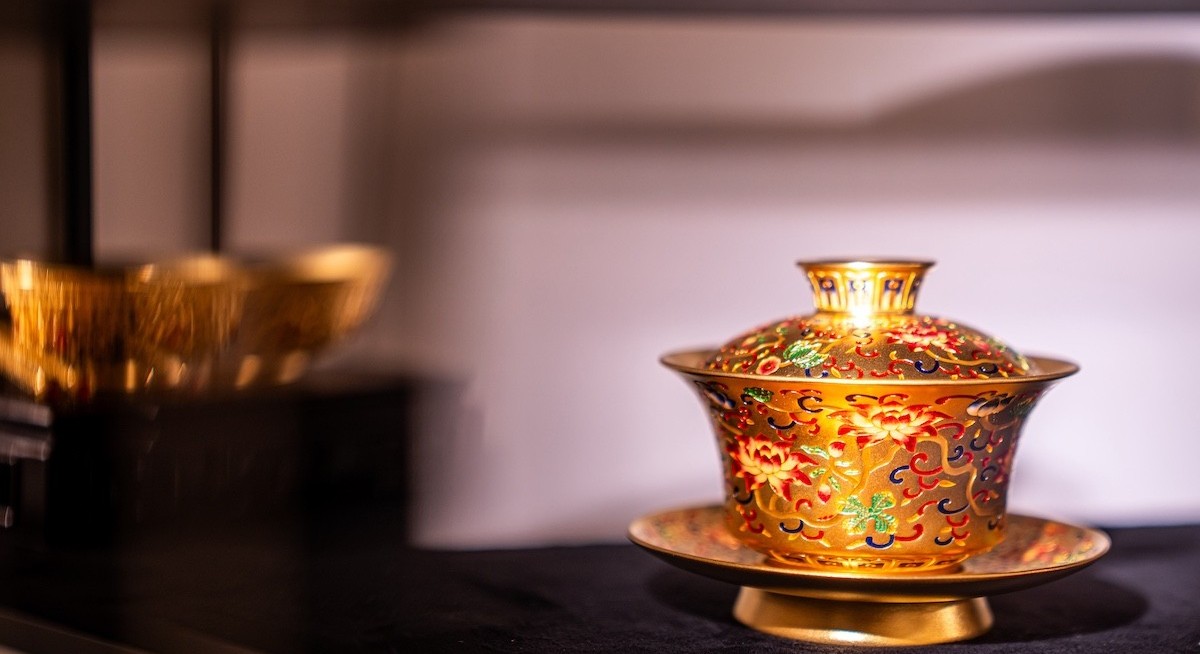Walking the Grand Bazaar in Urumqi in Xinjiang with my host, I stopped to look more closely at an animal skin drinking pouch used on Silk Road camel treks. I asked a few casual and polite questions, and before I knew it, my host had purchased the item and presented it as a gift. It was not my intention, but it was impolite not to accept graciously.
Learning my lesson, I limited my future observations in the Grand Bazaar to discrete glances.
This week in Huangshan, in my role of deputy secretary of the RCEP World Heritage Cooperation Alliance, I was again reminded of this hazard. The official party visited both Mt Huangshan and other cultural heritage developments. Noting my preference for tea over coffee, quality Huangshan tea was served. I politely showed my appreciation for the aroma and taste, and perhaps, coming as no surprise, a gift was made of the tea.
The important point is that in China, your host will go to great lengths to ensure that none of your needs, expressed or inferred, will go unmet. The result is often back-to-back scheduling of events, excursions, meals and meetings, extending from an early breakfast to a late finishing evening meal, with just a few spare minutes and instructions to “have a good rest”.
See also: Hong Kong court to rule on Jimmy Lai’s security case on Monday
It can be an exhausting experience for the guest, but less so for the host. The host will often delegate a revolving group of minor hosts for the various events.
For the host, there is often a belief that giving guests free time is a failure in their obligation to be a good host.
Generally, the schedule is well set before your arrival and there is little option but to endure. The solution to avoiding this endurance test is to make your requirements clear to the organisers before the event, so the good host can include them in the scheduling. Before the meeting or event, you have the opportunity to indicate your food preferences. Use this part of the planning process to specify any desire for some “free” time or late morning starts. That way, your wishes are incorporated into what is often an inflexible scheduling agenda.
See also: China Vanke seeks one-year extension on second local bond
The one request that is most disruptive for Chinese hosts is a last-minute request for some time of inactivity or an unscheduled rest. The intention of the host is steeped in hospitality, but the unintended consequence can be exhausting.
In the meantime, always be alert on hosted excursions to ensure that what you look at, or handle, does not become an unexpected gift or, as with my mother-in-law, a menu fixture.
Technical outlook of the Shanghai market
It is unusual to be able to give a precise date for expected activity in the market, but the Shanghai index provides a critical “use by” date. It is Nov 17.
This is the day on which the long-term uptrend line A crosses the resistance level near 3,888. This is important because it signals the end of the upward-sloping triangle pattern. If the market has not moved above resistance or below the trend line, it indicates that the market has stalled and is entering a new phase.
The upsloping chart pattern is a strong pattern of market behaviour. If resistance can be overcome, a burst of buying activity is likely to occur towards the calculated upside target level of 4,050.
This target is calculated by taking the height of the base of the triangle pattern and projecting it upwards above the resistance level at 3,888.
For more stories about where money flows, click here for Capital Section
The same calculation is applied to estimate the downside target should the index move below the value of the uptrend line. This calculated target is more reliable if it also matches a previous historical support level. Using the current values, this puts a downside target near 3,615. This is a minor historical resistance level.
However, the consistent separation in the long-term group of moving averages in the Guppy Multiple Moving Average (GMMA) indicator suggests there is a high probability that the index will move to the upside.
The long-term group of averages in the GMMA are not compressing. This suggests that investor support for the trend remains strong. This does not eliminate the potential for temporary sharp and sudden retreats. However, the trend behaviour remains bullish.
The index has moved below the value of trend line C and then rebounded several times. Trendline C is a short-term trend line. The dominant trendline is trendline A.
The short-term trend has ended, but the long-term trend remains intact.
These features continue to confirm a bullish outlook for the Shanghai Index.
Daryl Guppy is an international financial technical analysis expert. He has provided weekly Shanghai Index analysis for mainland Chinese media for two decades. Guppy appears regularly on CNBC Asia and is known as “The Chart Man”. He is a former national board member of the Australia China Business Council




